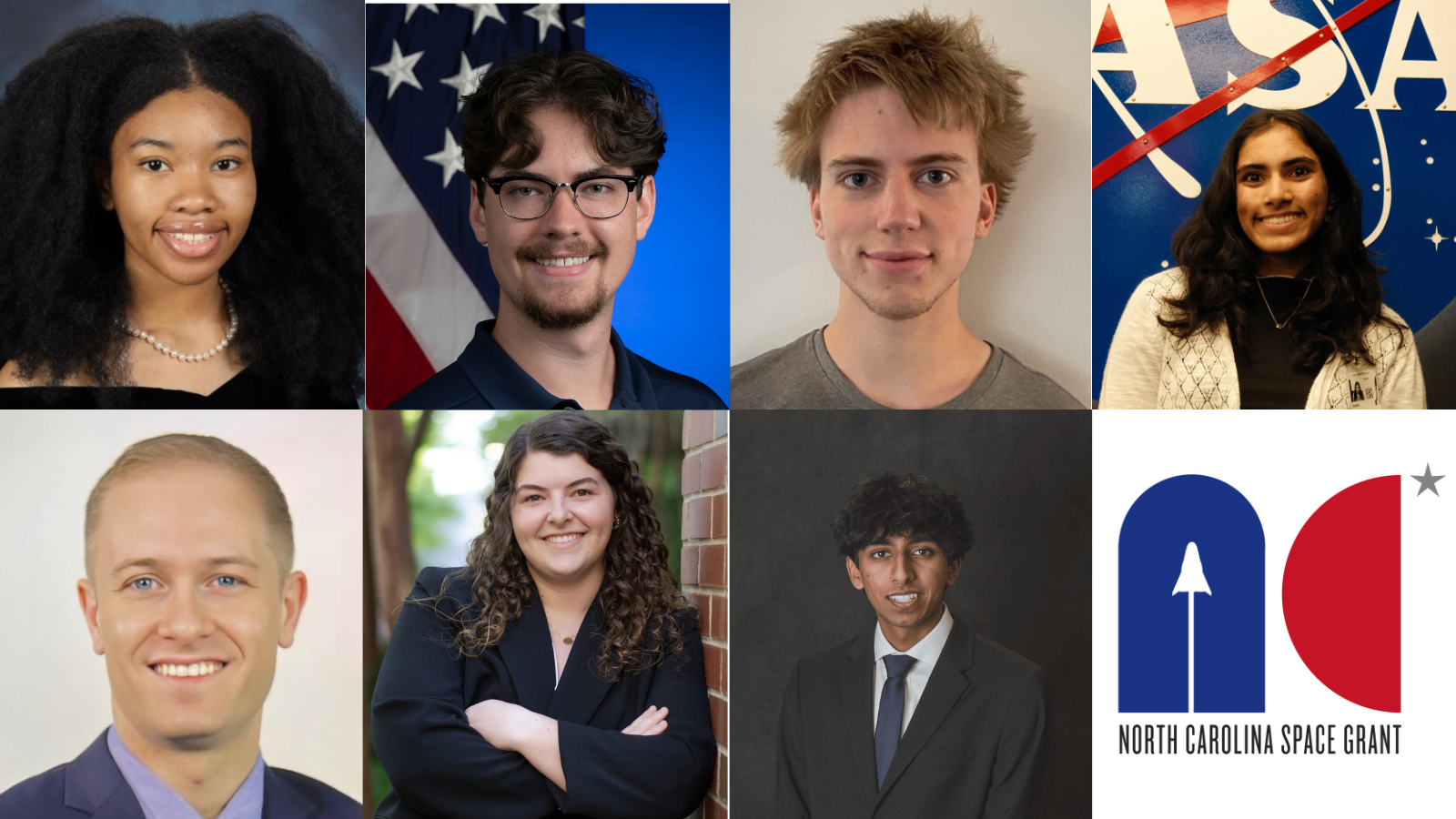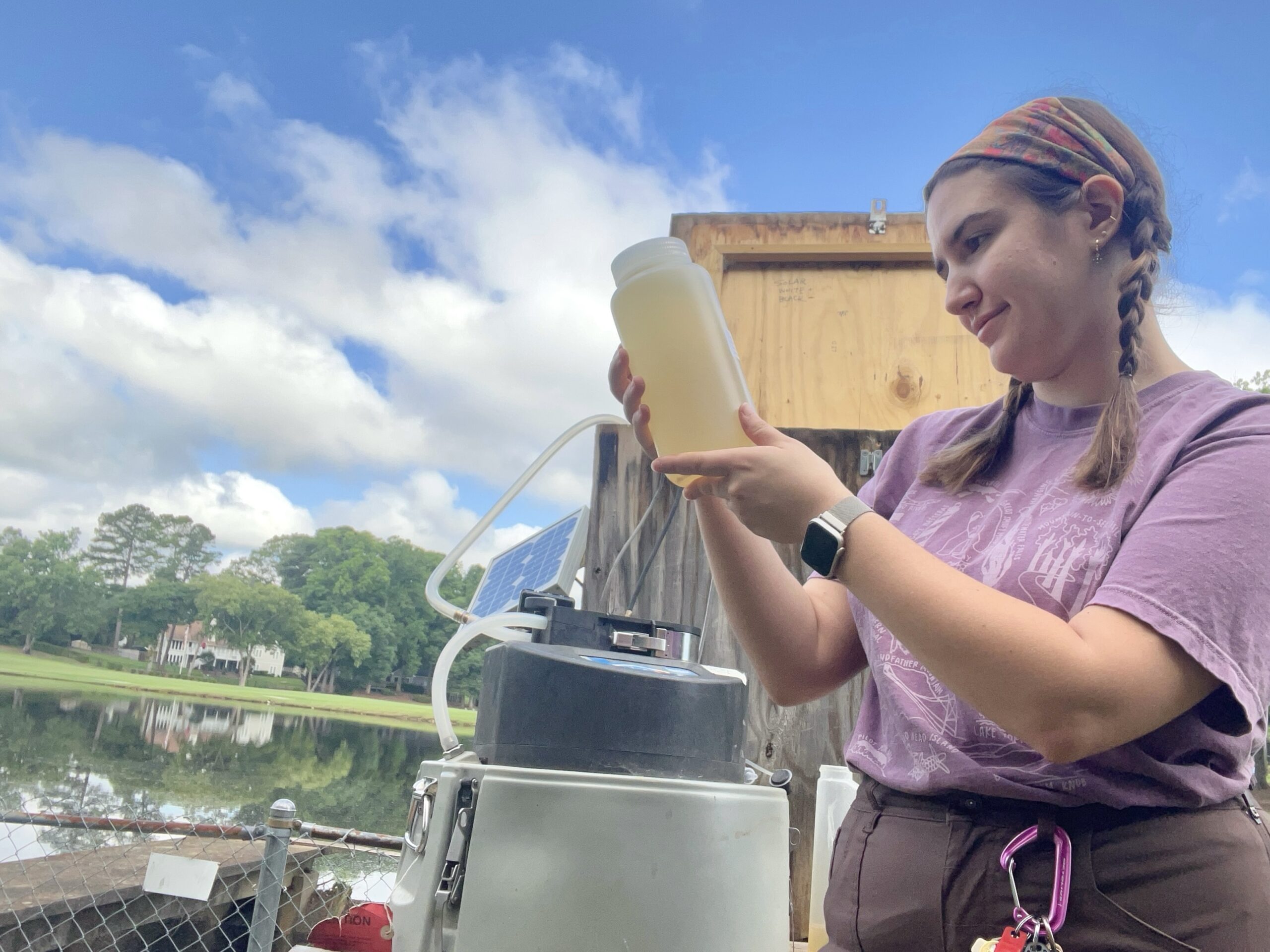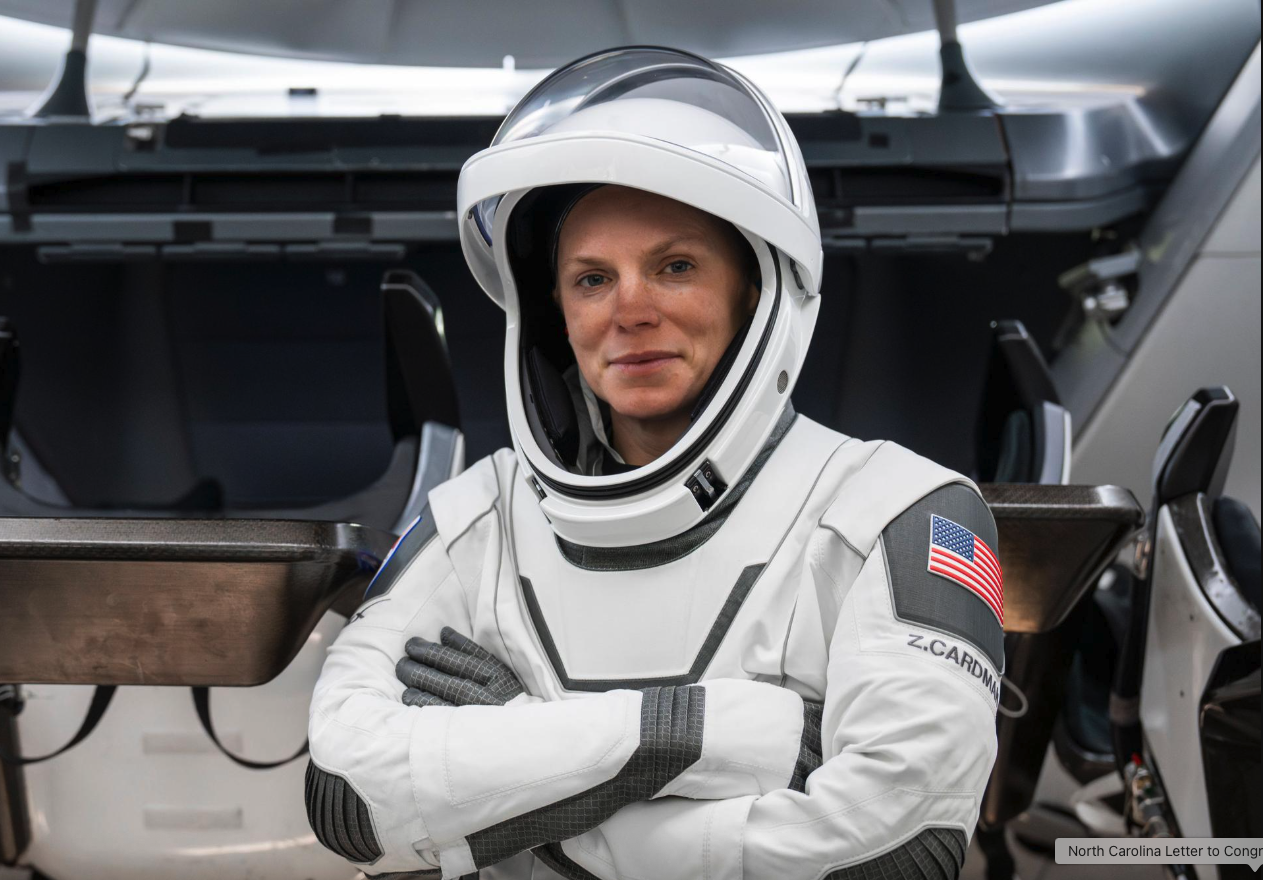North Carolina Space Grant Selects 2025-2026 Graduate Research Fellows
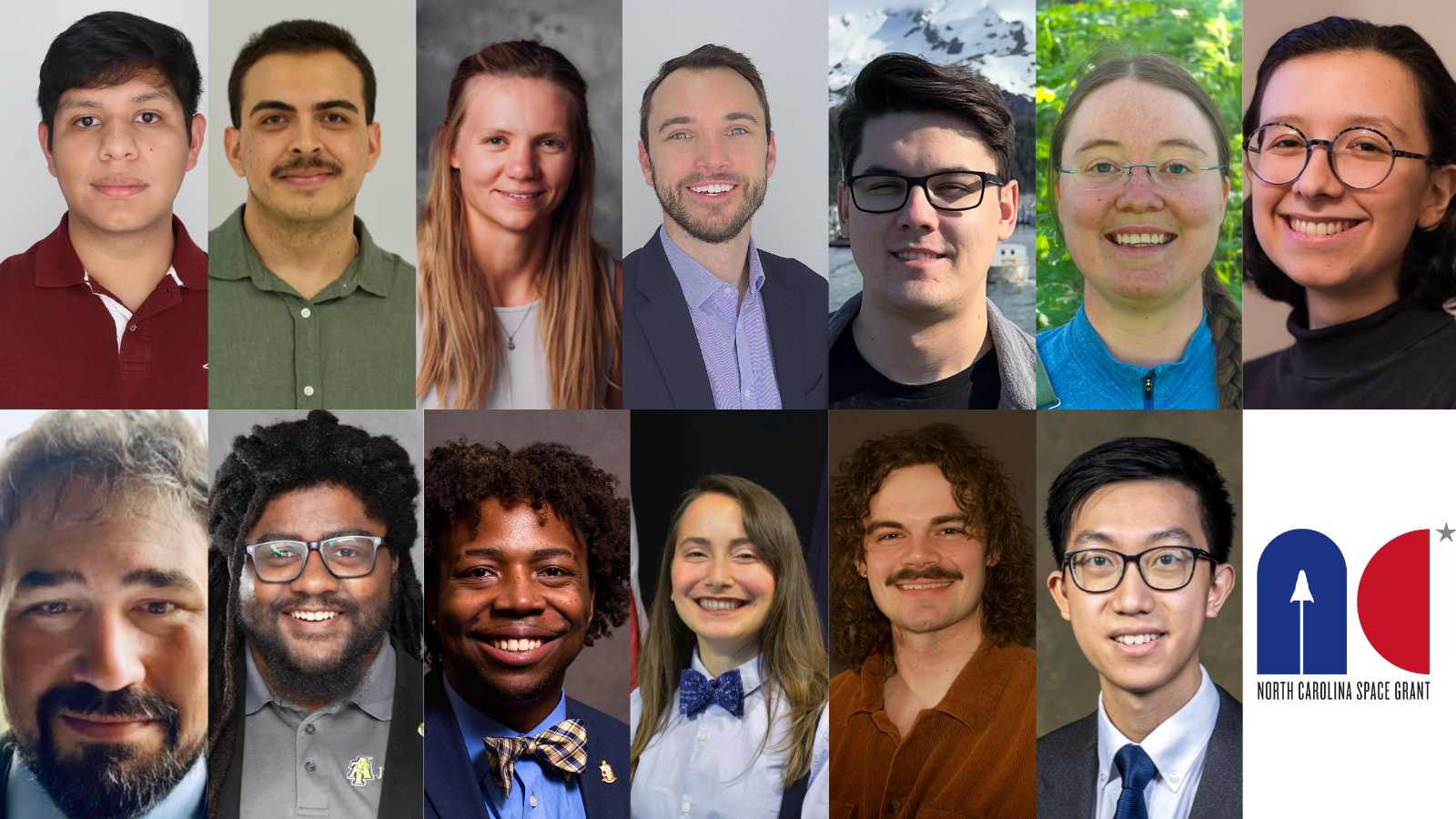
North Carolina Space Grant congratulates its 2025-2026 graduate research fellows. These graduate students will conduct science, technology, engineering and math (STEM) research to benefit NASA, commercial space or the International Space Station. Students’ projects will investigate STEM topics such as carbon storage, microgravity, and black hole exploration.
“We are excited to announce our newest cohort of Graduate Research Fellows,” said Sandy Canfield, NC Space Grant assistant director. “There is a vast range of research across all areas of STEM reflective of NASA’s Mission Directorates.”
NASA is broken down into five research-drive areas: aeronautics, human exploration and operations, science, space technology and mission support. The work of NC Space Grant Graduate Research Fellows supports these Mission Directorates.
Students’ research also aligns with the NC Space Grant Strategic Plan to ensure that NC students become trailblazers of diverse STEM-based research and careers.
The 2025-2026 NC Space Grant Graduate Research Scholars are:
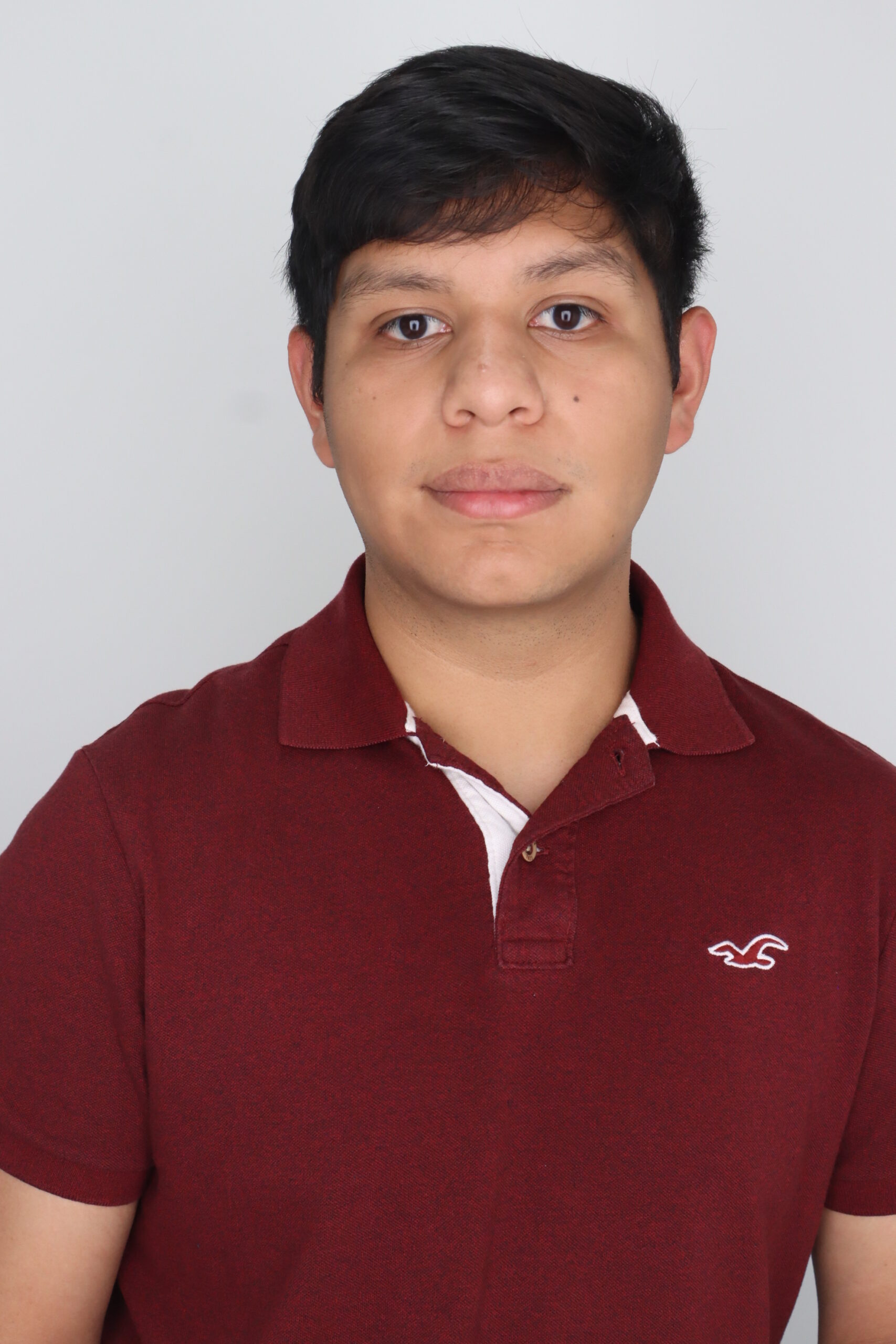
Eduardo Castellanos, NC State University, Physics, Project: Rheology of Proton-Irradiated Lunar Regolith Simulant.
This research will test the hypothesis that proton radiation has a measurable effect on the rheology of lunar regolith and characterize any observed effects.
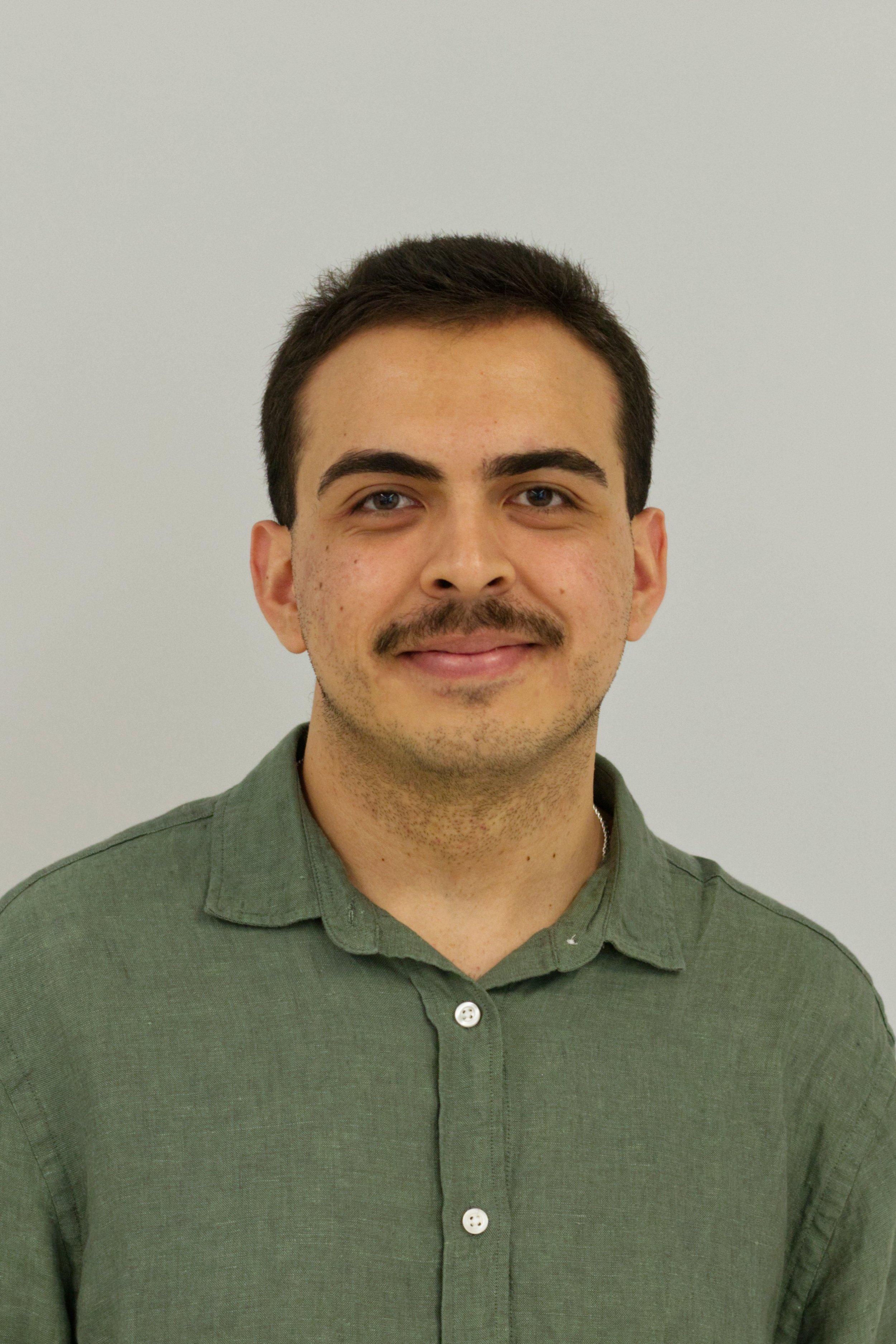
Sebastian Figueroa, UNC Chapel Hill, Physics and Astronomy, Project: The Robustness of Cosmologically-Obtained Bounds on the Neutrino Mass.
The overarching objective of this project is to investigate how entropy injection from a decaying particle in the early universe modifies cosmological constraints on the sum of neutrino masses.
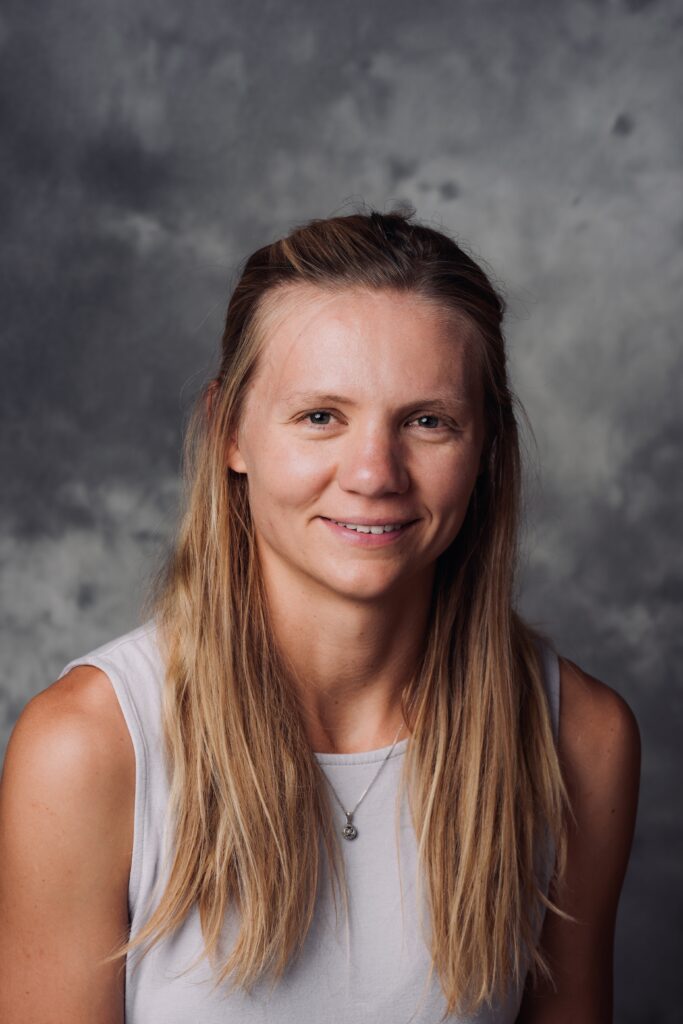
Annika Haughey, Duke University, Mechanical Engineering, Project: Towards Standardized Surgical Skill Assessment for Minimally Invasive Surgery.
The goal of this study is to develop an automated, open-source assessment tool for laparoscopic camera navigation to enhance the training of surgeons in minimally invasive surgery (MIS) in the context of space missions.

Patrick Haughey, NC State University, Mathematics, Project: Global Analysis of Transionospheric SAR Autofocus.
The purpose of this work is to thoroughly investigate an autofocus algorithm which attempts to correct for the phase effects of the ionosphere while sharpening the image contrast of point scatterers to their environment.
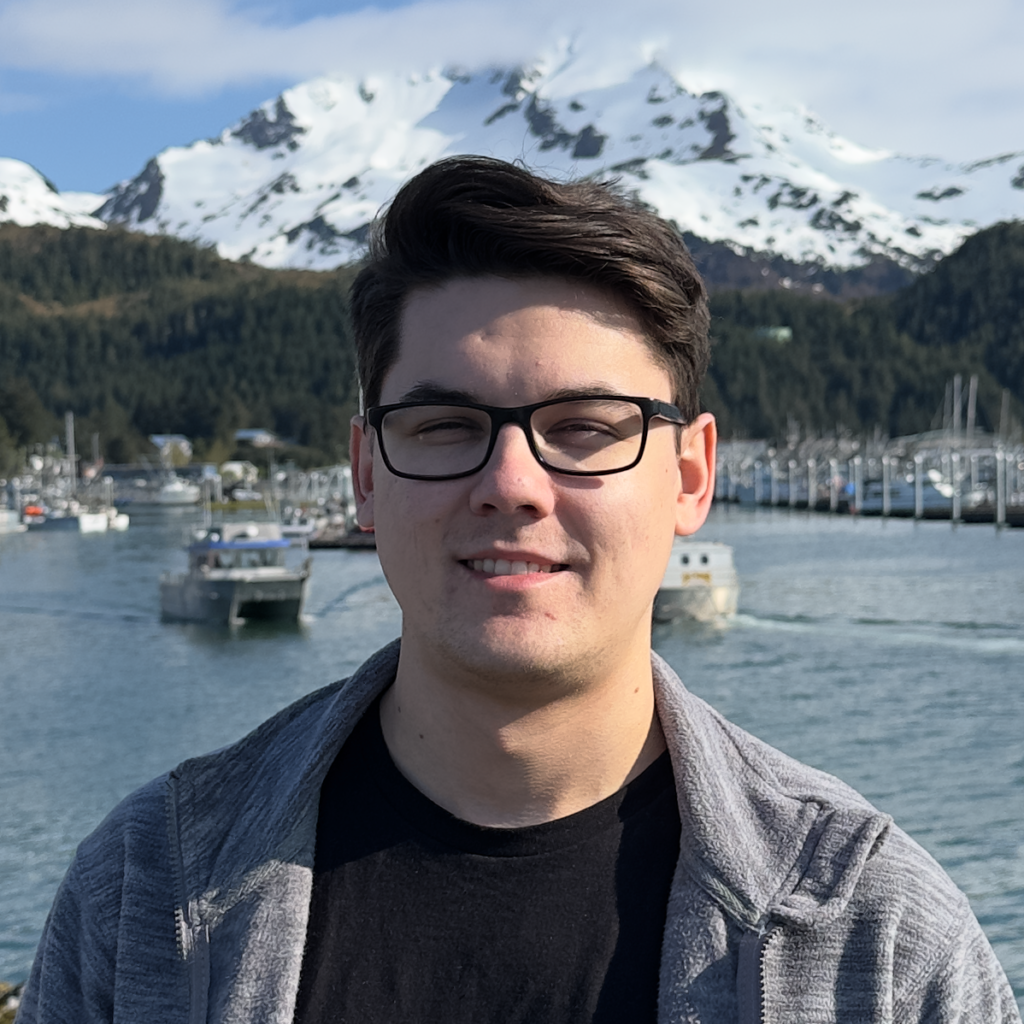
Blake Horton, NC State University, Molecular and Structural Biochemistry, Project: Understanding the Impact of Temperature Ranges in Controlled Environments on Plant Nutrition and Physiology.
This study will investigate the hypothesis that a reduction of Daily Temperature Range (DTR) in controlled environment experiments, such as growth chambers in the International Space Station (ISS), may negatively impact the nutrition content and physiology of leafy greens.
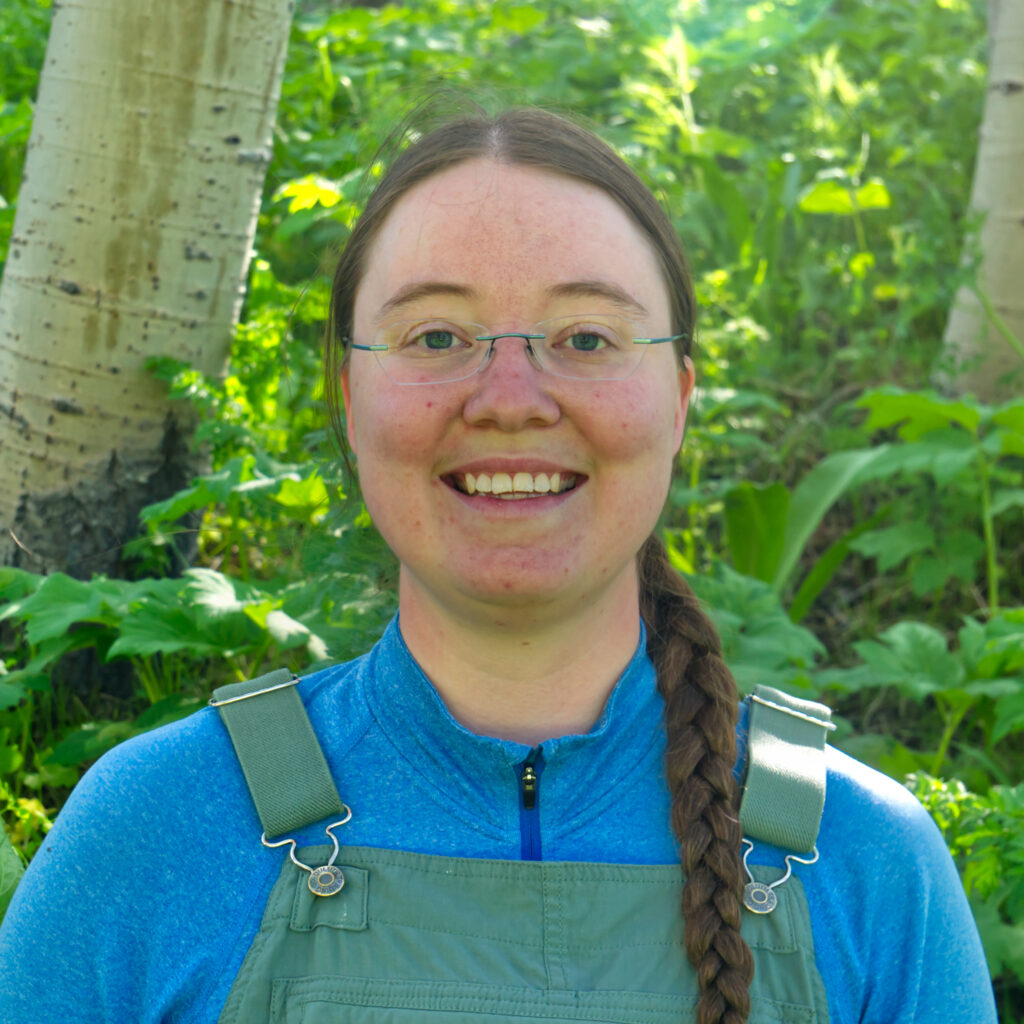
Gwen Kirschke, NC State University, Geospatial Analytics, Project: Using Remote Sensing to Assess Landscape-Scale Floral Distributions.
The goal of this project is to leverage remote sensing to create continuous maps of floral resources to understand and predict resource limitations, and thus constraints on animal population size and location using a series of NEON Airborne Observation Platform Imaging Spectroscopy Survey flights concurrent with field measurements for nectar and pollen.
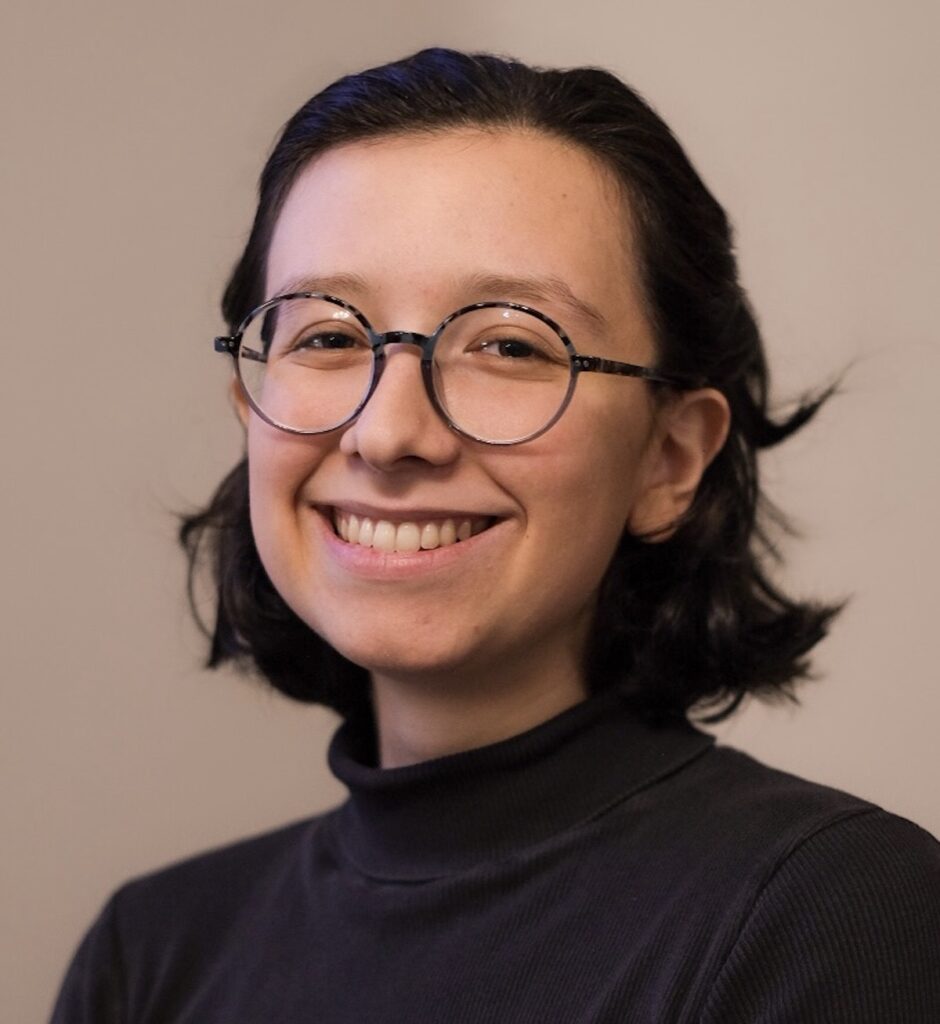
Ana Lopez Murillo, UNC Chapel Hill, Physics and Astronomy, Project: Searching for Transit Timing Variations in Young Transiting Systems.
By constraining masses of young planets, this project will contribute to current efforts to understand how planetary systems evolve and how that differs from our own Solar System.

Charles Naney, NCA&T, Applied Science and Technology, Project: Acclimative response of Streptococcus mutans adapted in simulated microgravity to lunar regolith.
The purpose of this research is to help NASA prepare for future manned missions to Mars by understanding the potential hazards associated with microbial evolution in space.

Laurence Price-Webb, NCA&T, Nanoengineering, Project: Tiny but mighty: waste derived nanocellulose particle dispersion for martian construction and Mars landfill prevention.
Through novel nanoparticle dispersion methods to reduce carbon pollution, this research will simultaneously improve concrete’s strength by investigating cellulose creation into concrete and replicating the process with Mars soil simulant.
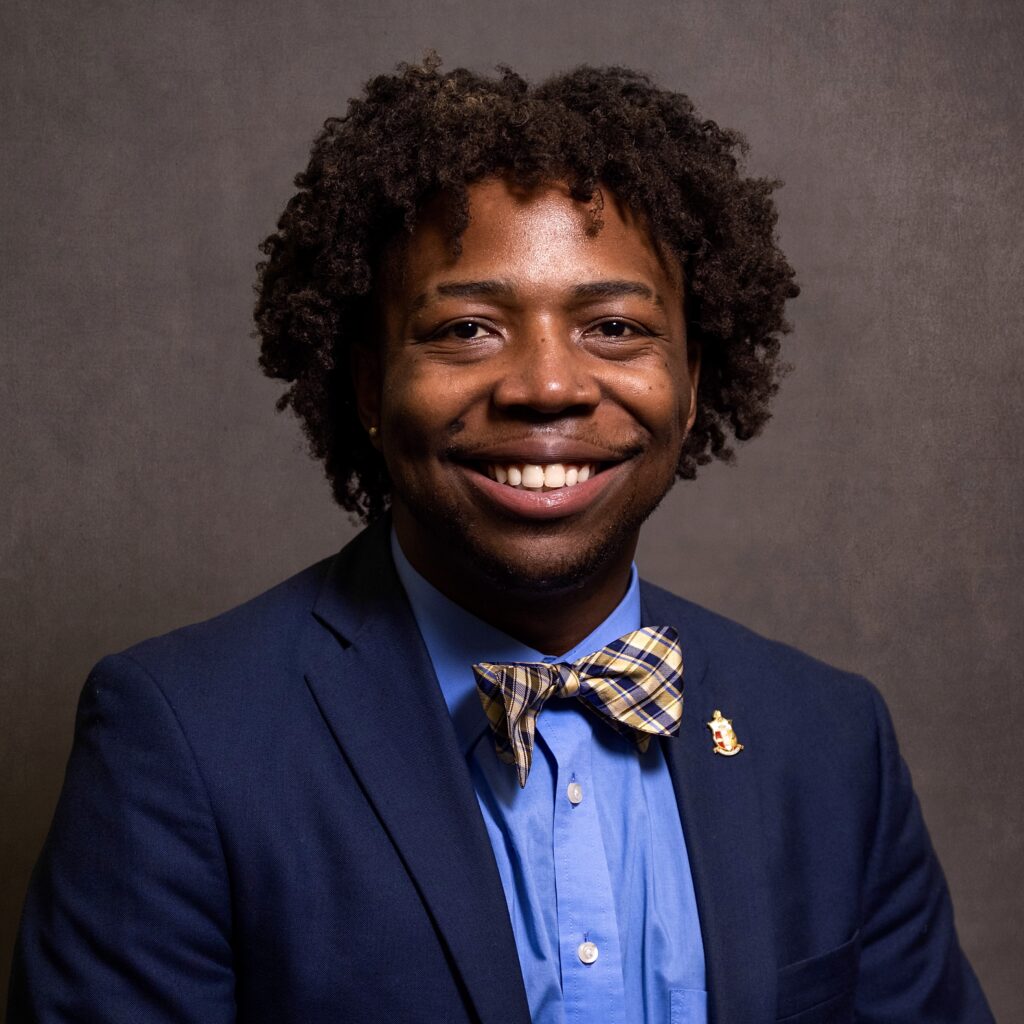
Brandon Sanders, NCA&T, Biology, Project: Effects of lunar regolith exposure on S. mutans in simulated microgravity.
Research will explore how microbial life, specifically S. mutans, adapts to extraterrestrial conditions.
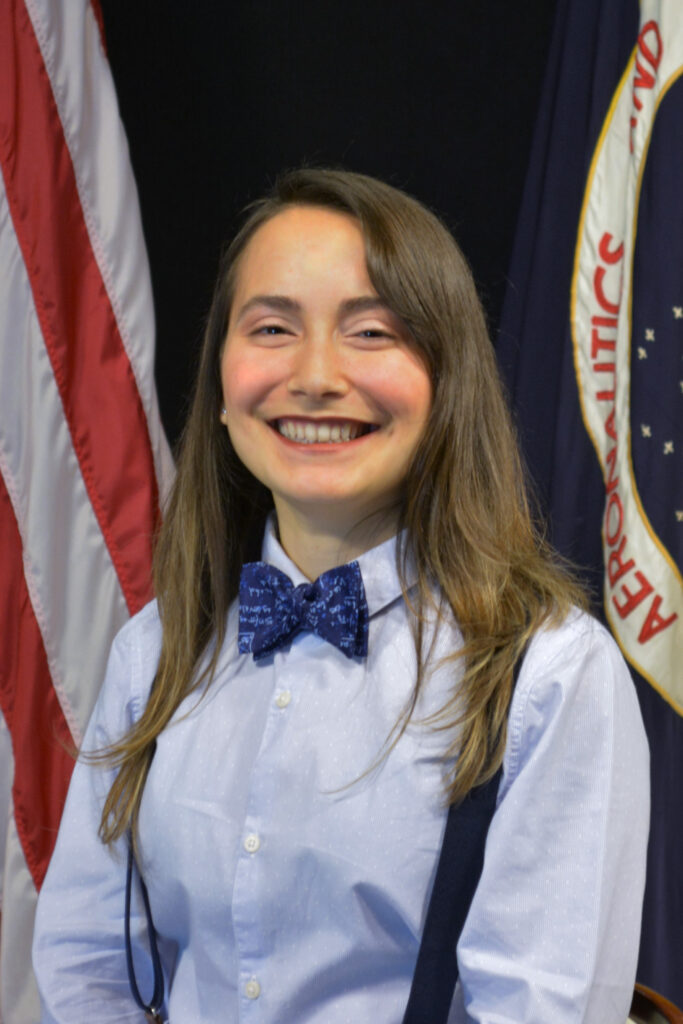
Nohemi Sepulveda, Duke University, Mechanical Engineering and Materials Science, Project: Innovative Detection of Space Motion Sickness: A Wearable Sensor-Based Approach for Astronaut Health Monitoring.
This research aims to address the gap in non-pharmacological, real-time Space Motion Sickness (SMS) detection and mitigation by developing a wearable senor-based detection system that can monitor motion sickness onset, severity, and adapting patterns.
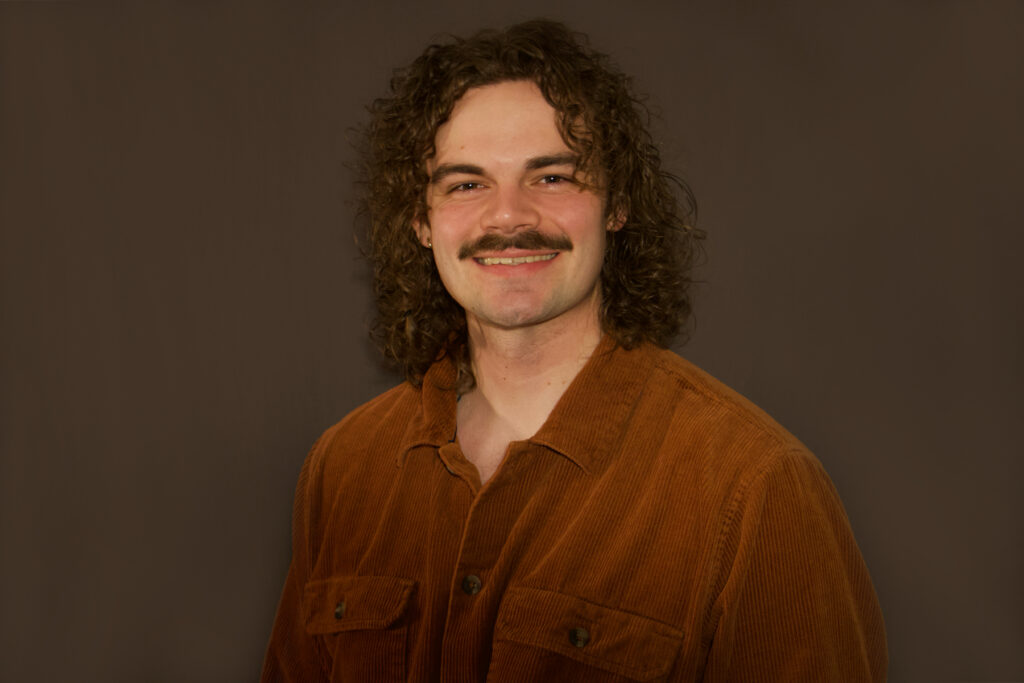
Alan Swavely, NC State University, Mechanical and Aerospace Engineering, Project: Novel Ceramic Catalyst Supports for Sabatier Reactors in Space Exploration.
To close the CO2/O2 management loop and enable more ambitious long-duration crewed space exploration and habitation, the proposed project aims to study a novel, 3D-printed, ceramic-based catalyst support Sabatier reactor for CO2 methanation.
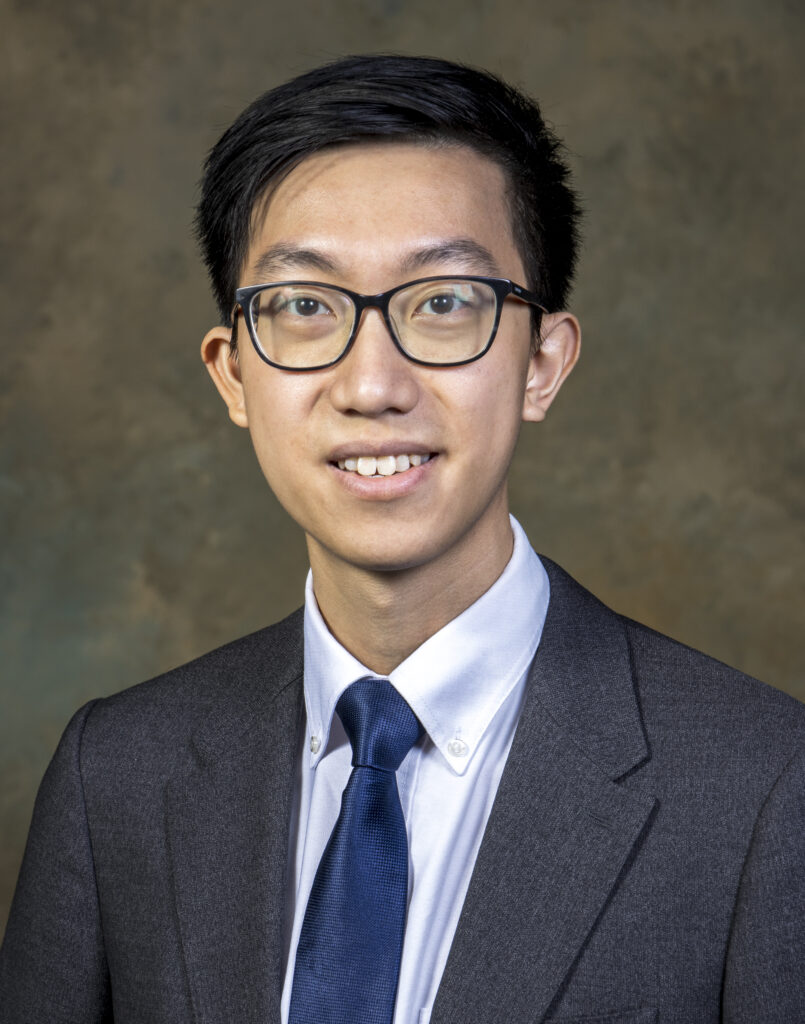
Harry Xu, Duke University, Mechanical Engineering, Project: Computational analysis of hypersonic fluid-structure interaction on a compliant cantilevered plate.
The proposed research will computationally modify the cantilevered plate to be thinner and lighter, thus inducing a tighter fluid-structure coupling, allowing for an exploration of the aeroelastic trends below and above the flutter boundary to inform future experimental designs while testing the limits of existing computational methods in simulating tight fluid-structure coupling.
